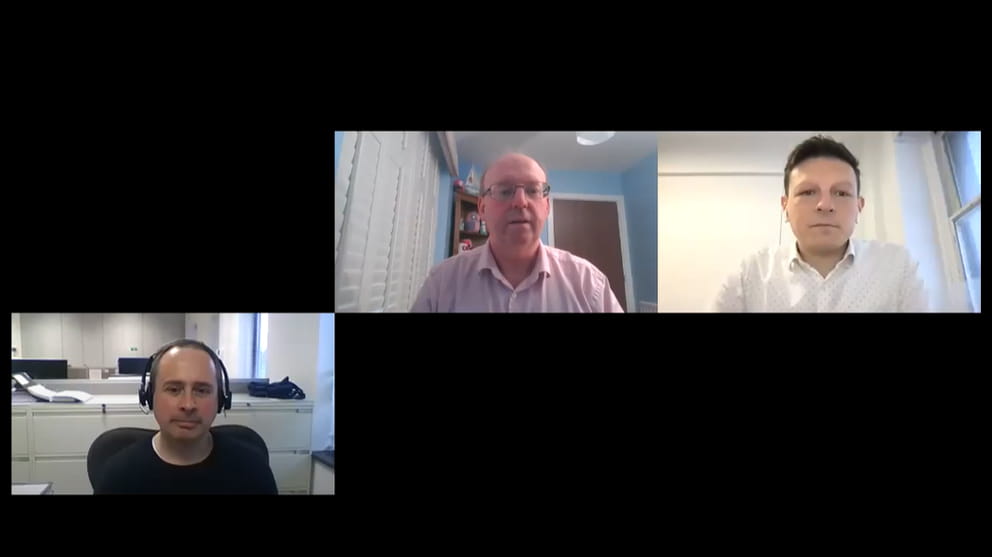In December 2020, partner Adrian Toutoungi represented Taylor Wessing on the Around the World in Cell & Gene Therapy panel at the One Nucleus Genesis Digital 2020 virtual conference.
Together with fellow panellists Sharon Brownlow (Cell & Gene Therapy Catapult), Arnaud Deladerriere (C3i) and Thomas Tradler (Fraunhofer IZI), Adrian discussed the key trends currently facing the sector.
Top insights from the session
- The increasing popularity of AAV: the first wave of gene therapies focused on lentiviral vector delivery systems. The use of adenoviral vector-based therapies is now increasing.
- Rise of allogeneic therapeutics: the first wave of cell therapies focused on autologous assets. Many biotech companies in the space now have an allogeneic asset in their pipeline (early stage).
- Personalised medicine: there's a trend towards increased personalisation of allogenic therapies, furthering the complexity of the supply chain for already complex autologous therapies.
- Varied models of government support: the three organisations represented – C3i (Canada), Cell & Gene Therapy Catapult (UK), and Fraunhofer IZI (Germany) – all have the same aim of fostering the development of the cell and gene therapy ecosystem, but approach it in varied ways, evolving at different rates to meet the needs of their local markets.
- Intellectual property: C3i, Cell & Gene Therapy Catapult, and Fraunhofer IZI have developed different approaches to the treatment of IP in their collaborations, and even between different types of collaboration with the same organisation. A sophisticated approach is required to balance the requirements of their commercial partners and their own goals.
- Will we see a move to decentralised manufacturing for autologous therapies? Local delivery could be the ultimate end point if autologous therapies continue to dominate the CGT market and are launched commercially in multiple jurisdictions. However, C3i, Cell & Gene Therapy Catapult, and Fraunhofer IZI have each seen how difficult and costly it is to establish and operate a GMP manufacturing site, especially with the associated CGT supply chain and materials movement and scheduling challenges. So currently, the advantages of centralised manufacture outweigh local delivery.
Find out more
To discuss any of the issues raised in this article in more detail, please reach out to a member of our Life Sciences & Healthcare or Patents & Innovation teams.




